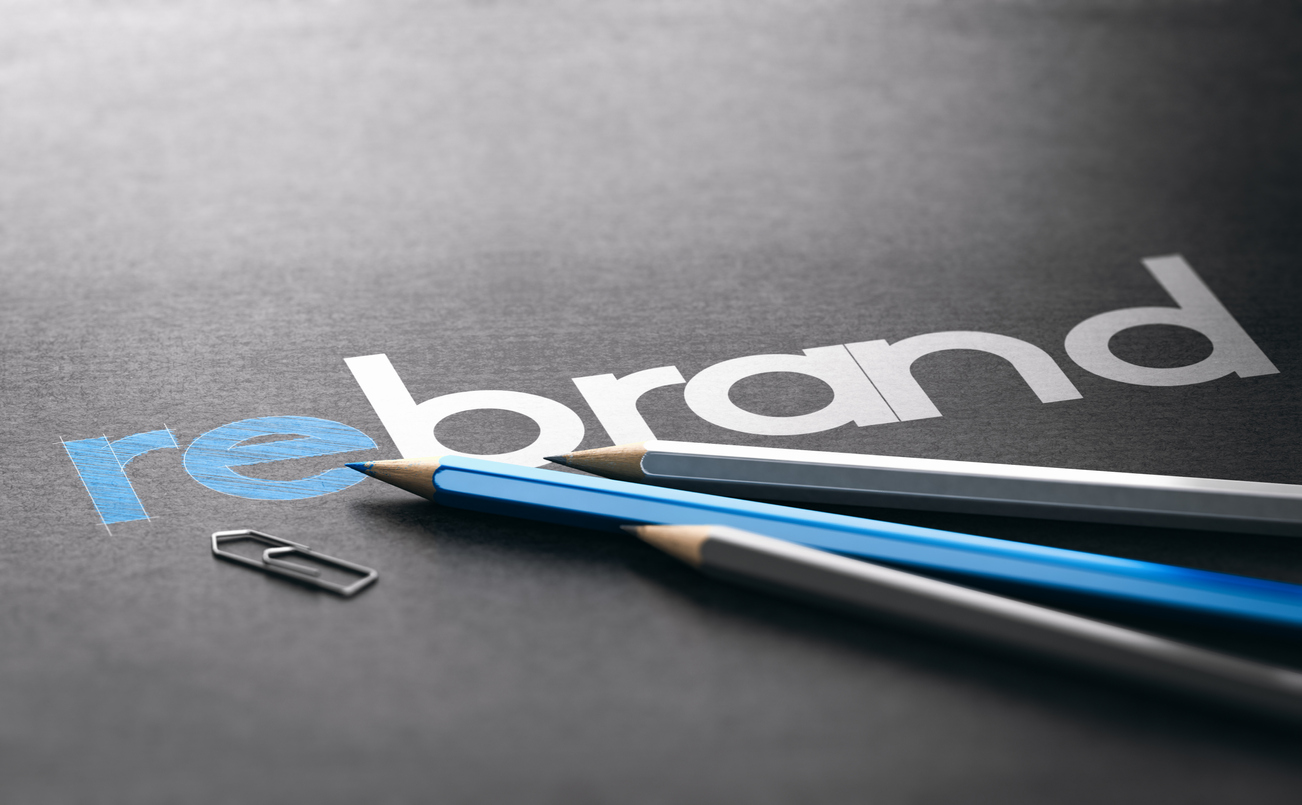Russell Holmes, Partnerships Director at brand design firm ico Design Partners, delves into the question: when should a business rebrand?
One of the most difficult decisions any growing business faces is when to rebrand. We discuss the all-important reasons for investing, and why every business must be constantly aware of its own brand.
Entrepreneurial business owners increasingly appreciate the value of branding, but many are still unsure whether their own is fit for purpose or in need of an overhaul. It’s a critical decision — wait too long to rebrand and your business might be left behind. Spend money on a rebrand that doesn’t resonate and you might alienate your audience.
But, get your rebrand right, and you’ll ensure renewed relevance and connection in the years ahead.
It’s not just established businesses that need to ask the question. Many successful start-ups find that as they grow, branding becomes more and more important — they simply can’t operate as an MVP forever. Often, it’s their investors who’ll push them to take that next step and create a fully formed brand.
It’s worth stating from the outset that rebranding obviously won’t solve every business problem. However, undertaking a strategically founded rebrand can help to highlight or reveal deep-seated issues within an organisation. One of the biggest faults for any business is that they ignore the value and impact they place on their own brand until it’s too late. It’s easy to become complacent if your business is maintaining success — but what happens when a competitor appears who suddenly seems far more relevant and attuned to your customer’s needs?
There’s an intangible aspect to any organisation’s brand. It’s a subtle mix of how it portrays itself, and how the audience, sector and the wider public actually sees it. The rebranding process helps to interrogate this relationship and can even unlock valuable insights from inside an organisation. After all, what we think of ourselves and what others think of us is rarely the same.
It’s not surprising that in such a dynamic scenario with so many variables, many founders (even experienced business leaders) struggle to quantify whether a rebrand will be worth the investment. Do they stick or twist?
Here’s a simple tip for any business asking, “is it the right time to rebrand?” Reframe the question first and foremost as a commercial decision. Thinking along these strategic lines (and not being afraid to bring in an outside opinion) will help any founder or management team come to a more informed decision:
Here are some ways to consider rebranding as a commercial decision:
1. Does our brand reflect our business ambition?
Look back to what you set out to achieve when you launched, or where the business was a few years ago — has your ambition shifted since then? If so, consider whether your brand reflects this new goal.
2. Are we successfully articulating our difference?
As a sector becomes more and more crowded, having a strong brand gives a business a strong advantage. New arrivals might be carving up the market, even taking some of your customers. What do you need to do to remain not only relevant but resonant? This doesn’t mean simply imitating newcomers. It means ensuring your positioning is clearly articulated.
4. Does the brand still appeal to our target audience?
Businesses thrive by identifying and converting a coterie of core customers. If your target is a 30-year-old woman and you launched a decade ago, ask yourself if your brand appeals to today’s consumers — what about the next generation of women who are approaching 30?
5. Is our brand in tune with cultural trends or societal shifts?
This is a more subtle and nuanced question. It demands looking at the behaviours of your target audience and asking yourself whether your brand, messaging or content is aligned. An example: video doorbells were originally marketed as security devices, but rapidly became a way to check on your Amazon deliveries or check-in Airbnb guests. Those companies using scare tactics began to feel outdated as behaviour changed.
The best way to approach any rebrand is to be continuously mindful of this subtle relationship between your brand and business. A brand should act as an external expression of not only where a business is today, but where it wants to go tomorrow. It should express the company’s ambition, talk to the customers that it wishes to attract and the purpose it’s striving to fulfil.
Today’s progressive businesses hit the ground running, ready to grow and eager to scale. But they also enter an environment where they must work hard to attract every new customer, and then ensure they’re constantly engaging their existing audience. As consumers, we like brands to stick to their core values, whilst their visual identity, messaging and voice need to be able to flex and adapt over time in order to remain relevant. When brand and business are misaligned, it rapidly becomes visible and problematic.










